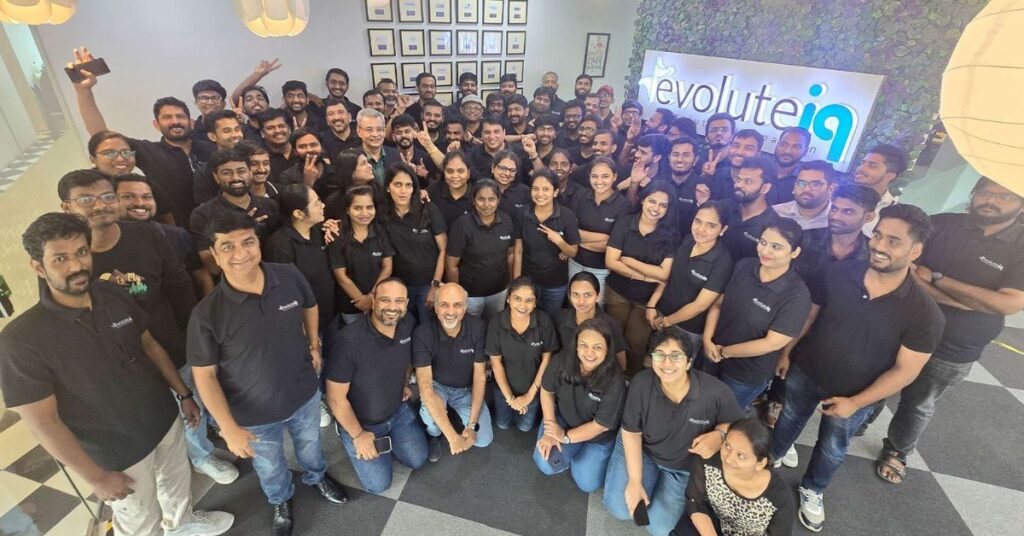Designing, deploying, and monitoring an AI-powered automation system can be an invaluable asset for small and mid-size businesses aiming to enhance efficiency and reduce operational costs. This guide provides a straightforward, step-by-step tutorial tailored for operations managers who may not have a technical background but seek to leverage AI technology effectively.
First, familiarize yourself with the prerequisites. You need a basic understanding of your business processes and a clear list of tasks you want to automate. Identify specific pain points where AI can mitigate operational inefficiencies. Common areas for automation include customer support, inventory management, and data entry. Since many AI tools can integrate with existing software, it’s important to evaluate your current technology stack to ensure compatibility.
Next, select the appropriate AI automation tool. Consider options that offer user-friendly interfaces and are designed for non-developers. Look for tools with built-in templates that cater to common use cases for small businesses. While selecting a vendor, assess features like scalability, integration capabilities, and customer support. It’s wise to request demos, which will give you intuition on how the tool functions and whether it meets your requirements.
Once you’ve chosen your AI tool, the configuration process begins. Start by setting up your account. Typically, this entails entering basic company information and connecting your AI tool to your existing systems, such as CRM or ERP software. After setting up your account, define the automation workflow. This should include designing steps in the AI process, such as data inputs (like customer inquiries), processing (like generating responses), and outputs (like emails sent to customers). Use example inputs like a sample customer query to visualize the expected responses.
Testing is a crucial step in the automation process. Before fully deploying the AI, run a pilot program using a limited set of data. Monitor the AI’s responses to ensure they meet your expectations. Collect feedback from users engaged in the testing phase, and make adjustments to the workflow based on this feedback. Testing should include evaluating the time taken for the AI to generate responses, as well as the accuracy and relevance of those answers.
After you’re satisfied with the testing phase, move forward to full deployment. This involves activating the automation tool across your organization. Be sure to communicate with your team about the upcoming changes, providing adequate training on how to interact with the new system effectively. Encourage your team to report any issues or suggestions for improvement once the system goes live.
Monitoring the performance of the AI automation system is essential for ongoing success. Establish key performance indicators (KPIs) tailored to your specific automation goals. For example, measure reductions in processing times or improvements in customer satisfaction scores. Regularly review these metrics to identify areas for further optimization. Many AI tools offer dashboards that provide visual representations of performance data, which can help you stay informed about operational efficiency.
While adopting AI tools, it’s critical to address security, data retention, and privacy concerns. Ensure that the automation system complies with data protection regulations relevant to your area, such as GDPR in Europe or CCPA in California. This includes implementing strong encryption protocols and secure user authentication to protect sensitive data. Additionally, establish data retention policies outlining how long you’ll keep data, ensuring responsible management aligned with legal requirements.
Vendor lock-in is another important consideration when selecting an AI tool. Investigate whether the platform uses open standards or offers an easy path for data export. This knowledge will prepare you for potential future transition needs. Be aware that some vendors tie users to their ecosystems by making it difficult to migrate data or workflows to a new system.
Estimating return on investment (ROI) from your AI automation effort involves analyzing cost savings against the initial setup and ongoing operational expenses. Calculate time saved by comparing pre-automation and post-automation workflows. Also, factor in reduced labor costs and increased productivity. Highlight any qualitative benefits, such as enhanced customer satisfaction or improved service delivery, to provide a comprehensive view of the ROI.
Ongoing maintenance of your AI system is necessary for long-term success. Schedule regular check-ins to review system performance and make any updates to the automation as your business changes. This could involve tweaking workflows or retraining the AI model to adapt to new data trends. Keep an open line of communication with your vendor for support and to stay informed about new enhancements.
FlowMind AI Insight: Implementing an AI-powered automation system is a strategic move that can propel a small or mid-size business into a new level of operational efficiency. By following a structured approach, focusing on configuration, testing, and monitoring, organizations can not only streamline processes but also leverage valuable insights for continuous improvement.
Original article: Read here
2025-09-17 09:23:00

